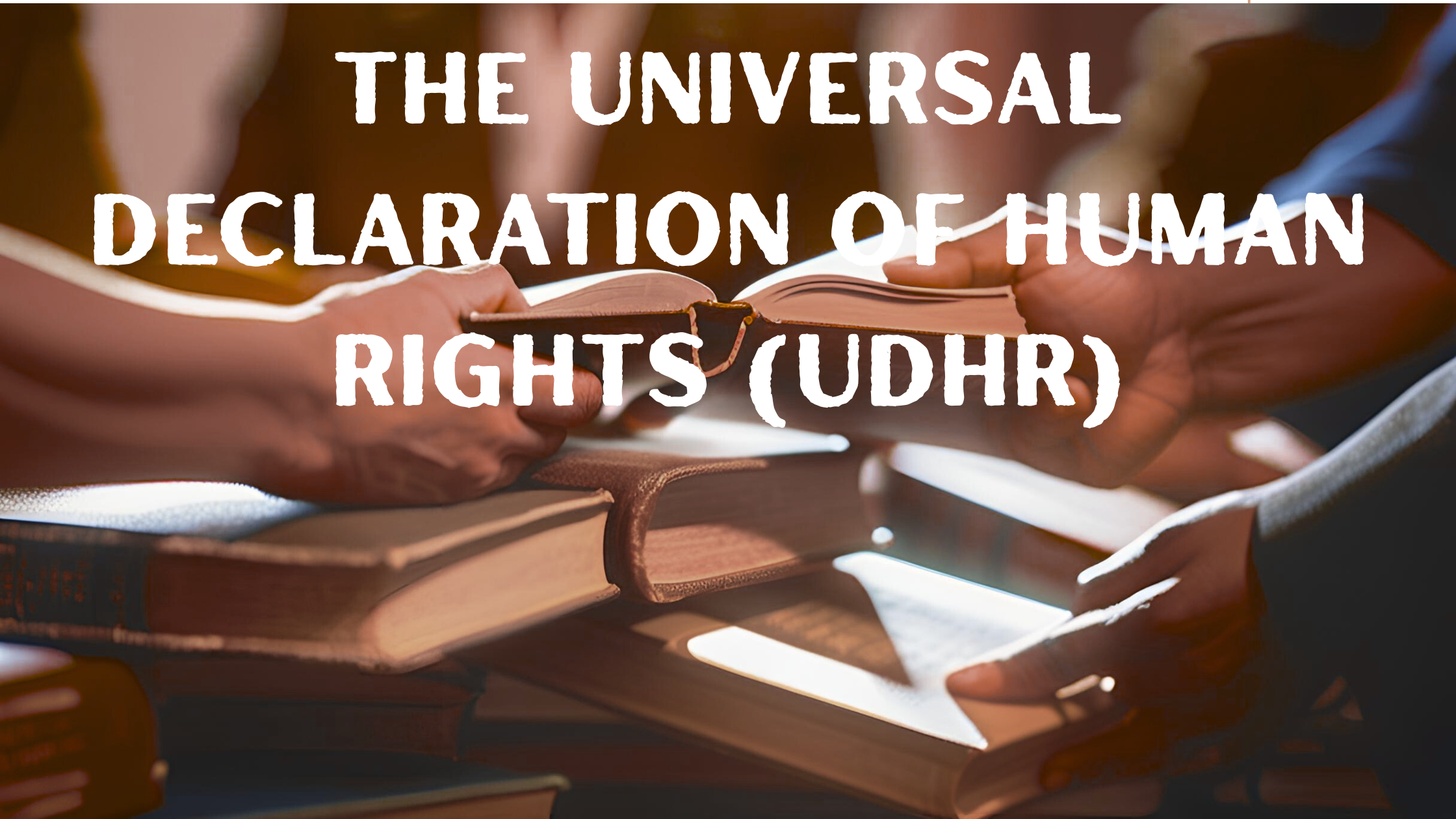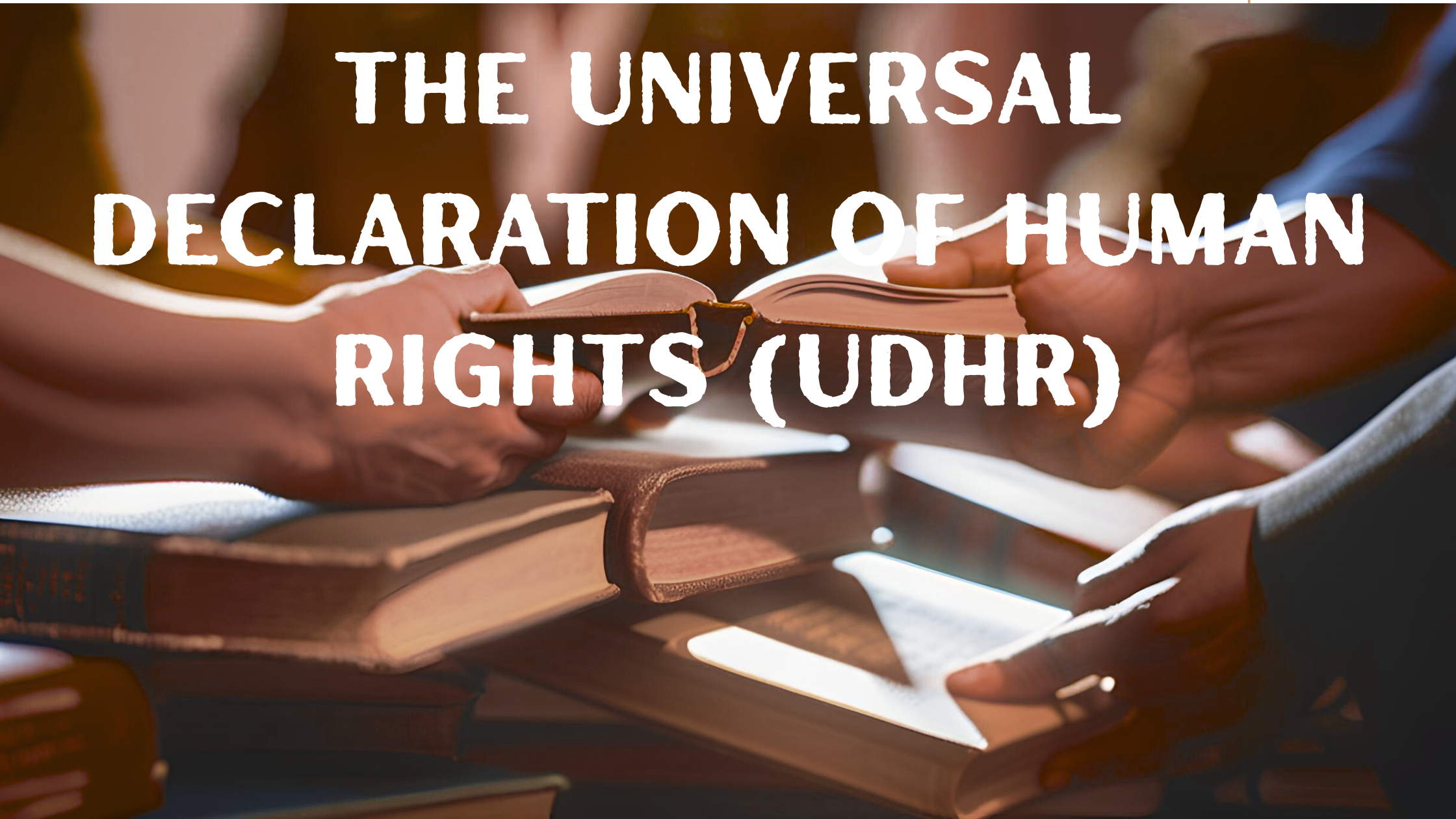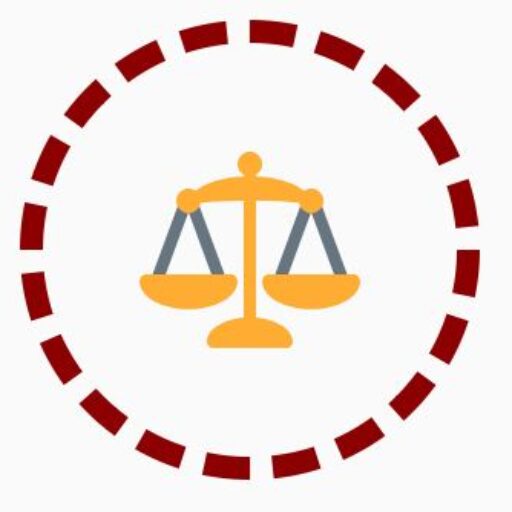The UDHR Human rights are the basic freedoms and protections that every person deserves, no matter who they are or where they live. The Universal Declaration of Human Rights is like a global rulebook for these rights. Created in 1948 by the United Nations, it lists 30 rights that belong to all people—like the right to live safely, speak freely, and get an education.
But the world has changed a lot since 1948. Today, we face new challenges like climate change, social media, and inequality. This guide breaks down what the UD HR is, why it still matters, and how we can use its ideas to build a fairer future. Let’s explore this step by step!

Overview
The Universal Declaration of Human Rights (UD HR) is a landmark document adopted by the United Nations General Assembly on December 10, 1948. Created in the aftermath of World War II, the UD HR was designed to affirm the rights and freedoms of all individuals, regardless of race, gender, nationality, or religion. It comprises 30 articles that outline fundamental human-rights, including the right to life, liberty, and security of person; freedom of speech and religion; and the right to work and education, among others. The UD HR serves as a guiding framework for international human-rights laws and has inspired numerous treaties and national constitutions. While not legally binding, it sets a powerful standard for protecting human dignity worldwide and remains a pivotal reference in the ongoing struggle for justice and equality.
Step 1: What Is the UDHR?
The UDHR is a document that says every human being has the same rights, simply because they are human. It was written after World War II, a time when millions suffered because of war, hatred, and unfair laws. Leaders from around the world came together to create rules to prevent such horrors from happening again.
Key Facts:
- It has 30 articles (sections) that cover rights like freedom, safety, education, and work.
- It’s not a law, but it inspired many countries to write human-rights into their constitutions.
- Over 500 languages have translated the UDHR, making it the most shared document in history.
Step 2: Why Was the UDHR Created?
Imagine living in a world where leaders could jail or kill people just for their religion, race, or opinions. That’s what happened during World War II. The UD HR was a promise: “Never again.”
The Main Goals:
- Protect dignity: Every person deserves respect.
- Promote equality: No one should be treated unfairly.
- Encourage peace: When people’s rights are respected, conflicts reduce.
Step 3: The Most Important Rights in the UDHR
Let’s simplify some key rights from the 30 articles:
- All humans are born free and equal (Article 1).
- No slavery or torture (Articles 4–5).
- You have the right to life and safety (Article 3).
- Freedom to speak, think, and choose your religion (Articles 18–19).
- Right to education, healthcare, and fair pay for work (Articles 23–26).
These rights apply to everyone—whether you’re a student, a farmer, a CEO, or a refugee.
Step 4: How the UDHR Helps People Today
The UDHR isn’t just history. It’s used every day to fight for justice. Here’s how:
A. Fighting Discrimination
- Example: The UD HR inspired laws against racism, like the Civil Rights Act in the USA.
- Today: Movements like Black Lives Matter use its principles to demand equality.
B. Protecting Refugees
- Article 14 says everyone has the right to seek safety in another country.
- Groups like the UN Refugee Agency use this to help people fleeing war or disasters.
C. Improving Workers’ Rights
- Article 23 supports fair pay and safe workplaces.
- Unions use this to fight for better conditions in factories, farms, and offices.
Step 5: New Challenges the UDHR Must Address
The world today is different from 1948. Let’s look at modern issues the UDHR needs to tackle:
Problem 1: Digital Privacy
- Then: The UDHR said no one should spy on you (Article 12).
- Now: Social media, AI, and cameras can track everything we do.
- Solution: Update rules to protect data privacy and limit surveillance.
Problem 2: Climate Change
- Then: The UDHR didn’t mention the environment.
- Now: Pollution and disasters threaten rights to clean water, food, and health.
- Solution: Recognize climate action as a human right.
Problem 3: Inequality
- Then: The UD HR promised fair pay and education (Articles 23–26).
- Now: The rich get richer, while many struggle to afford basics.
- Solution: Tax the super-rich, invest in schools, and raise wages.
Problem 4: LGBTQ+ and Gender Rights
- Then: The UD HR didn’t clearly protect LGBTQ+ or women’s rights.
- Now: People still face violence for their gender or sexuality.
- Solution: Add stronger rules against discrimination.
Step 6: How YOU Can Use the UDHR
You don’t need to be a lawyer or politician to stand up for human rights. Here’s how to make a difference:
- Learn Your Rights
- Read the UDHR (it’s free online!)
- Share it with friends or on social media.
- Speak Up
- If you see someone being bullied or treated unfairly, say something.
- Use hashtags like #HumanRights or #ClimateJustice to raise awareness.
- Support Organizations
- Donate or volunteer with groups like Amnesty International or Human Rights Watch.
- Hold Leaders Accountable
- Vote for leaders who protect rights.
- Write letters to politicians demanding action on climate, privacy, or equality.
Step 7: The Future of the UDHR
The UDHR is like a tree—it needs care to grow. Here’s what must happen next:
- Update the Rules
- Add new rights for the digital age (like internet access) and environmental protection.
- Teach the Next Generation
- Schools should teach human rights as a core subject.
- Global Cooperation
- Countries must work together, not ignore abuses in other nations.
Conclusion: The UDHR Belongs to All of us
The Universal Declaration of Human Rights is more than words on paper. It’s a tool for justice, a shield for the vulnerable, and a mirror that shows us the world we could create. While it’s not perfect, its power lies in how we use it.
From protecting a child’s right to education to demanding clean air for future generations, the UD HR reminds us: human rights are not a privilege—they are a promise.
Let’s keep that promise alive.

